Governing Wildfire – A Global Inquiry
By Harrison Raine
Genesis of a journey
November 8th, 2018 marks a tragic moment in California history. In the midst of calamity from a midnight mass shooting, California’s first and sixth most devastating wildfires began. Despite occurring in vastly different landscapes, the wildfires unfolded in remarkably parallel fashion, simultaneously achieving tragic proportions. In both, decrepit utility infrastructure catalyzed ignition in matchbox-dry fuels. Driven by climate change-strengthened adiabatic winds and fine fuels from invasive species, fire behavior quickly exceeded response capabilities. Firefighters were overwhelmed and forced triage decision-making to reduce loss of life. Hasty, congested evacuations manifested anxiety and uncertainty. Decades of disregard for interconnected natural hazards and fire ecology played out once again as “firebelt suburbs” were incinerated or spared serendipitously. The Camp and Woolsey fires incinerated the communities of Paradise and Malibu, leaving traumatic wakes in the ashes. In the latter, the mountains and streets I had roamed as a child raged and smoldered. I spent the days following the disaster mopping up around the shells of the structures that had been my neighbors’ homes.
Growing up in the Malibu hills, my sister and I were influenced by wildfire-incited terror and ecological bloom. Despite no formal connection to the world of fire other than living among within a highly-combustible ecosystem, we were both drawn to it. She became a shepherd, running her sheep for fuel reduction. I joined a fire crew for the U.S Forest Service. The day before the Woolsey and Camp Fires began, I applied for a Thomas J. Watson Fellowship to study wildfire governance. I was thrilled a few months later to receive notification that my project had been accepted.
The Fellowship, which supports 40 undergraduates per year, sponsors projects of all disciplines — the only similarity being that they must be conducted beyond U.S borders for one year. My particular project, “The Ecological and Societal Balance of Wildfires,” aimed at garnering a global perspective of how governance systems handle the duality of fire. It took me to Canada, Greece, Spain, Portugal, the UK, South Africa, and then to Australia, where I was at the onset of the global pandemic that suspended further research in Australia and South America. My self-designed project aimed to traverse biomes and their human dimensions: fire history in montane and boreal forests, community resiliency in Mediterranean oak savannas, wildland opera- tions in fynbos, fuels management in broadleaf and mixed forests, and ecological restoration in temperate rainforests.
One concept I sought to explore, in the context of wildland fire, is that environmental governance is not the same as management. In the arena of human-environmental challenges, management comprises operational objectives to achieve specific out- comes. Conversely, environmental governance is a broader paradigm consisting of multi-scale distribution of decision-making processes, across public and private actors, through which societies affect the environment (Armitage et al 2012). Frameworks of governance include scientific institutions and civil communities working in regulatory processes, which support an adaptive capacity to progress beyond “command and control” systems. For wildfire contexts, environmental governance may be the paradigm that comes after a reliance on full suppression policies.
Growing beyond antagonistic wildfire strategies to include the environmental and hazardous protection qualities of fire necessitates the need for governance structures to match ecological systems (Steelman 2016). The power imbalance between fire-adapted ecology, its increasingly volatile fire behavior, and suppression agencies is becoming ever more salient. Recognition among professionals, some organizations — and to a limited degree, the media — reveals that our preferred tool of mechanized suppression may be coming insufficient; indeed, in many ways, it may have become a failure long ago. Suppression agencies provide are essential, but they alone do not constitute governance. Constructing governance systems that promote communication among agencies, communities, and research is an uncertain process, but provides opportunities for innovation.
The answer commonly proposed for a holistic approach is the implementation of integrated fire management (IFM). Although nestled in management terminology, IFM pursues goals closely tied to building transformative resilience in social-ecological systems (SES), such as the creation of fire-adapted communities, adaptive approaches to incident response, and ecological restoration (Steelman 2016, McWethy et al 2019). To realize IFM, a range of theoretical and applied strategies must coalesce, ranging from:
- analysis of ecological fire regimes
- implementing appropriate fire policies
- improving fire use methods (prescribed burning, cultural burning, etc.)
- strengthening or maintaining suppression capabilities,
- and enacting post-fire recovery and restoration.
Government agencies may possess the deepest banks of wildfire knowledge, but realization of these strategies relies on facilitation through broader social systems — the mixing of communities, managers, scientists, policymakers, and practitioners. The key to achieving IFM goals may reside in governance frameworks, and some countries may already possess mechanisms and narratives that equate to a holistic approach.
When I began my project in July 2019, my experience limited me to knowledge of mop-up, ecosophical ideals of deep ecology, deep-seated memories of a devastating wildfire. When I set out on my scholarly travels, the terms “wildfire governance” and “adaptive resilience” were only figments of academic papers from my studies. But as my journey progressed, they began to make “real world” sense as it became distinctly clear that each society has unique legacies and confrontations with their relationships to their environment and wildland fire. Gradually, I came to realize that similar conversations persist across geography and that they fill the thoughts of those who are passionate about protecting people and stewarding nature. These are the conversations that arise in coffee breaks at the district office, social hours at conferences, community-wide meetings, and downtime on the fireline. Having intensively explored and spoken with those who guide and apply governance of wildfires, from various points in our global fire community, I will share my observations of governance frameworks and their narratives that percolate the globe.
Canada
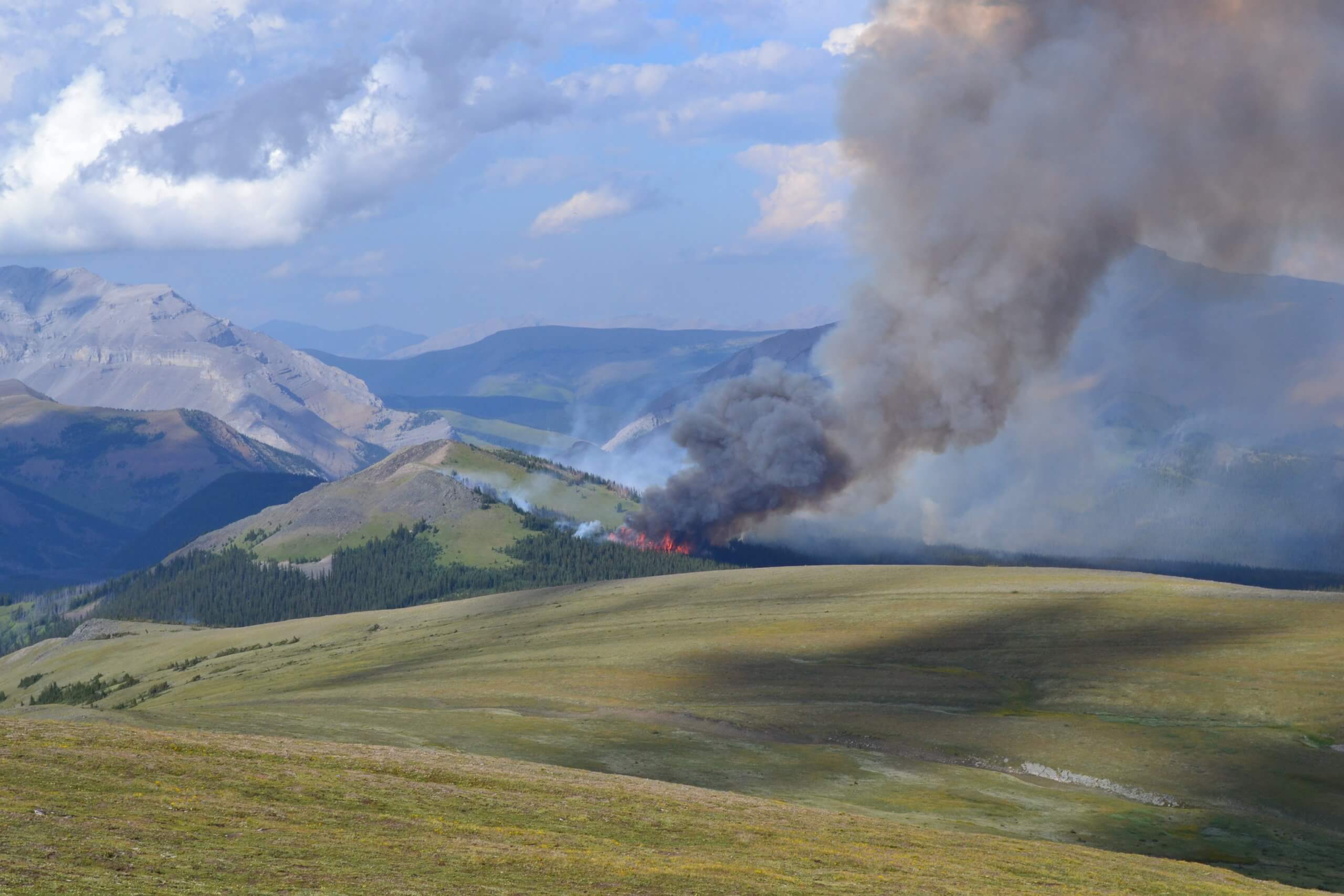
The Canadian connection to fire is inextricably linked to its pyrophytic ecology, history of First Nation firesticks, and most recently, the mechanization of its forests. The Chinchaga Fire of 1950, at 1.4 million hectares and possibly the single largest fire recorded in forests, showed the world the gargantuan wildfire potential of North America’s boreal forests. Enveloped in the lodgepole, jack pine, and black spruce stands that crave extreme fire are key Canadian industries — oil, gas, and timber. The incendiary nature of the boreal biome and the economic opportunities within largely define Canada’s fire relationship. Sophisticated suppression agencies, equipped with the finest technologies and firefighter capabilities, have been molded to hold an ever-shifting and contentious line between ecology and socioeconomy. However, compounding variables of forest health degradation, exposed communities and industrial infrastructure, and climate change are pushing fire behavior beyond suppression capacity.
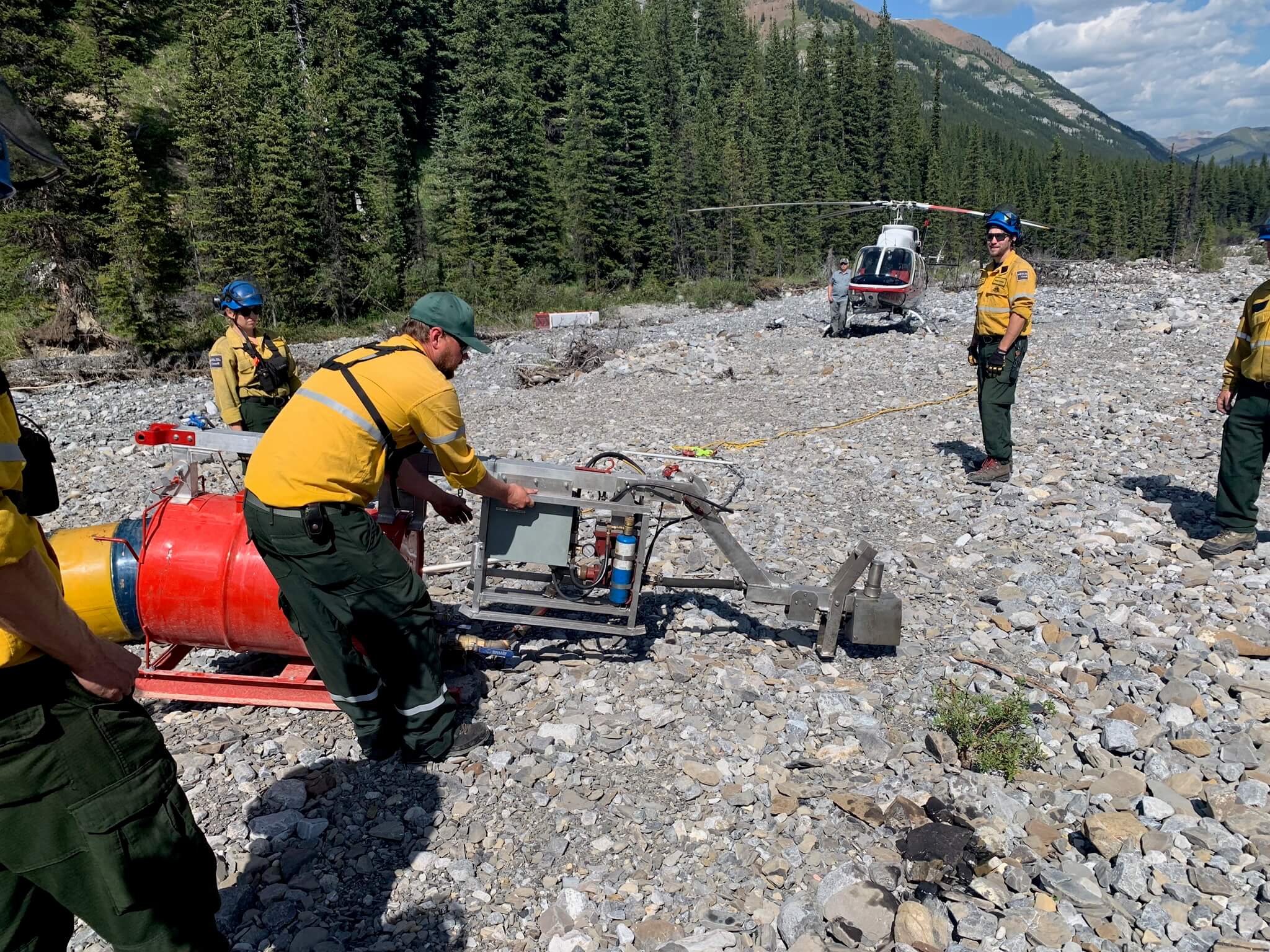
Free floating around Canada as an independent fellow allowed me to observe a few of their wildfire institutions. I covered over 8,000 kilometers, speaking with over 75 professionals inside Alberta Wildfire, British Columbia Wildfire Service, and the scientific communities that support them. My experience exposed me to experimental burns in the Northwest Territory, fire history surveys with the Mountain Legacy Project, and fire effects monitoring with Parks Canada in the Banff backcountry. With what I was told, and what I experienced, I formed an image of a concentrated governance system – with stand-alone agencies being responsible for mitigating human-environmental conflict. A system in which agency personnel hope to develop other strategies beyond suppression but are saddled by societal and organizational leadership holding high expectations for rapid response.
Fire agencies in in Alberta and British Columbia appear to realize that the dominant grip of their preferred tool of suppression is shifting. Northern Alberta experienced this reality in 2016, British Columbia in 2017 and 2018, and Alberta once more in 2019. As one high ranking Alberta Wildfire officer stated, “the continuation of our resource use is sustainable, but the ability of our resources to suppress fires is not.” Canada’s systems of wildfire governance are established in their historically proficient suppression agencies; expanding the framework beyond readiness and response is a predominant obstruction. In talking to wildland fire management staff, persistent sentiments arose, including the need for development of “preventative measures” and “new narratives with the public”. The wildfire professionals I spoke with represent a community that has come to realize that other actors are needed, but they lack the communication platforms to generate discussion, both among their own organizations and with the greater Canadian public.
Wildfire governance in Canada resembles a house with exceptional weight placed on a single, central support beam. Other beams are being constructed, such as The Canadian Partnership for Wildland Fire Science and FireSmart Canada. The Partnership strives to prioritize longer-term planning through innovative research in fire ecology, behavior, indigenous knowledge, and community resilience. Supporting these forms of research and their integration into management actions appear to be greatly broadening the understanding and application of adaptive governance objectives and processes. Similarly, FireSmart Canada, a nationwide initiative to promote residential awareness and protection against destructive wildfire, encourages a greater onus on homeowners in the governance system. Strengthening Canada’s approach to wildfires hinges on the ability to draw greater involvement from communities, government ministries, and industries into frameworks governance.
Mediterranean
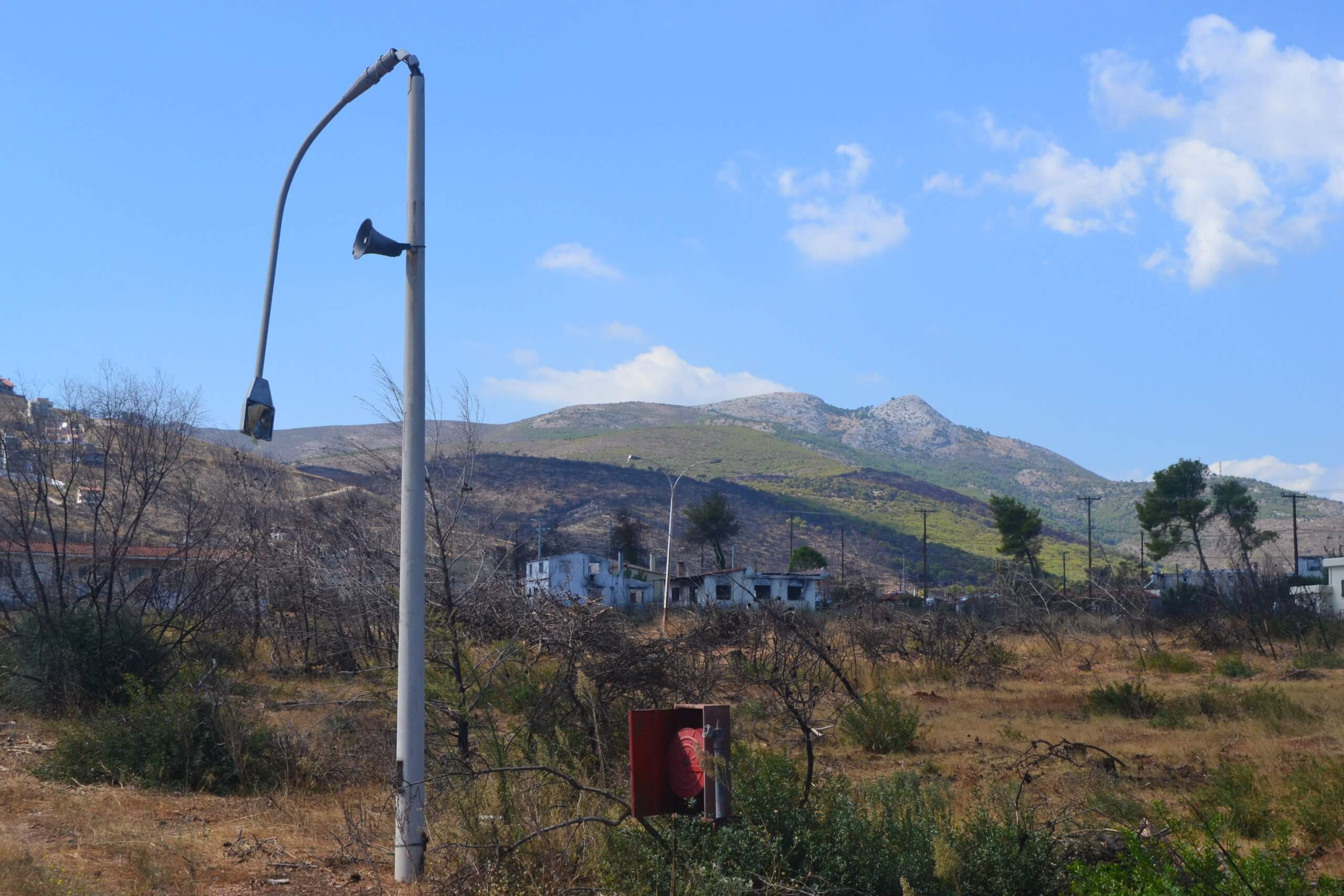
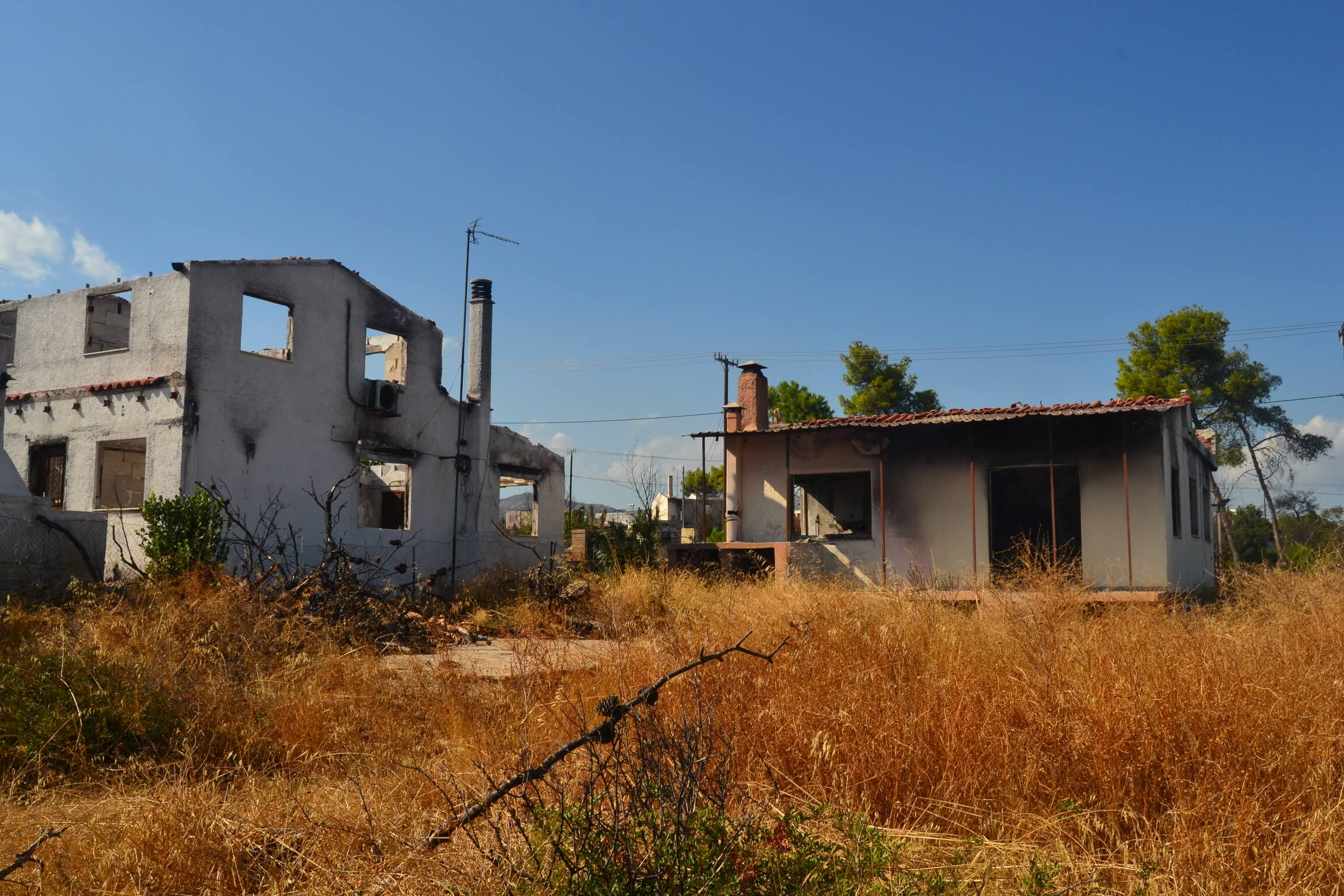
In the Mediterranean, landscapes that were once rich in human activity and diverse land-use have emptied, with fire-loving vegetation irrupting across vast areas. In a wildfire predicament that strongly contrasts with North America, in Mediterranea, migration from rural to sprawling urban areas has depleted landscapes of their management, and thus of both their ecological as well as economic mosaics. The gradual decline in pastoralist and agricultural societies has led to increasingly continuous, volatile fuel loads. Rural communities have lost their buffers and now have a higher vulnerability in landscapes that crave fire. On this leg of my trip I visited Greece, Portugal, and Catalonia to understand varying forms of governance in this unique pyrophytic region.
Speaking with survivors of Greece’s 2018 destructive blaze in Matí, the social costs of a fragmented governance system became clear. The story of the blaze resonated deeply – it began in surrounding unmanaged hillsides and then raced to the sea — driven by seasonal winds, surprising firefighters and panicking residents. This reminded me of the fires back home, of the Woolsey Fire, and the town of Paradise. In Greece, the procedures for ecological and social recovery are slow; the charred remains of vegetation and homes abound in the narrow streets. Residents heaped scorn on state and local governments, having little faith that any advancement will be made to prevent another catastrophe. The community itself felt powerless to mitigate future risk, instead being forced to rely on firefighters that may or may not arrive. The burns suffered by the populace of Matí are twofold — increasing susceptibility of communities to natural hazard, and more distinctly, the social ramifications of an absent governance system.
One hopes that from disaster arise opportunities, and the tragic wildfires of 2017 in Portugal have spurred an innovative form of governance. Portugal is developing a novel approach to wildfire governance through redefining a wildfire agency. Portugal’s Agency for the Integrated Management of Rural Fires, or AGIF, is a wildfire organization built upon the premise of extending wildfire risk governance beyond firefighting bodies. It completely rejects the previous notion that wildfires should be confined or “siloed” to a single ministry. In its inaugural year, AGIF engaged with: the Ministry of Justice to navigate confusion of land ownership in high-risk areas; the Ministry of Education for a defensible space awareness campaign; the Ministry of Economics for rural economic development and land-use planning; and the Ministry of Defense to coordinate emergency management response. The agency has placed its regional offices on or near university campuses to ensure close linkage between research and management. While it lacks fire suppression resources and equipment, AGIF officers serve as the coordinating and overhead personnel for large incidents. Successful governance relies on effective dispersal of decision-making processes, and AGIF, an institution of wildfire knowledge, is a facilitator to help other actors discover and weigh options.
I witnessed an excellent snapshot of governance in action on a crisped hillside outside the small town of Ribera d’Ebre in Catalonia. In a post-fire discussion sponsored by the Pau Costa Foundation, a gathering of firefighters, researchers, local politicians, and landowners met to discuss the events of the fire and what should happen next. The gathering was a platform for exchange of not just information, but also perspectives, with firefighters describing operational tactics, ecologists providing insight into research, and citizens debating over how to reduce the future risk. Post-fire community engagement is a crucial point in the recovery process, but it can be emotionally difficult. The transparency exhibited on that Catalonian hillside was diametric and more, as it furthered the public conversation on proactive forms of fire management. Facilitating post-fire conversations among representatives from management, research, and community represents a critical recovery moment in governance.
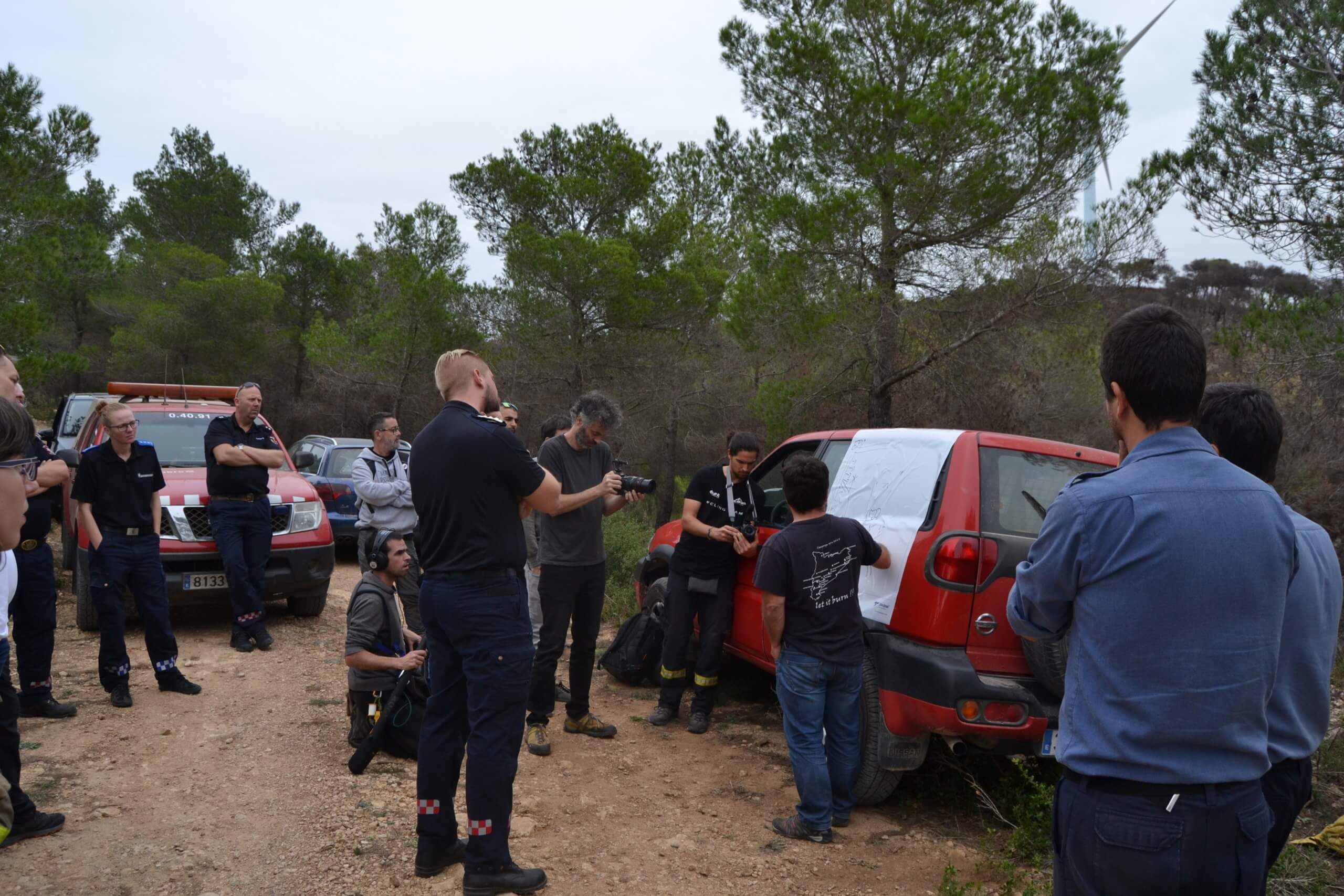
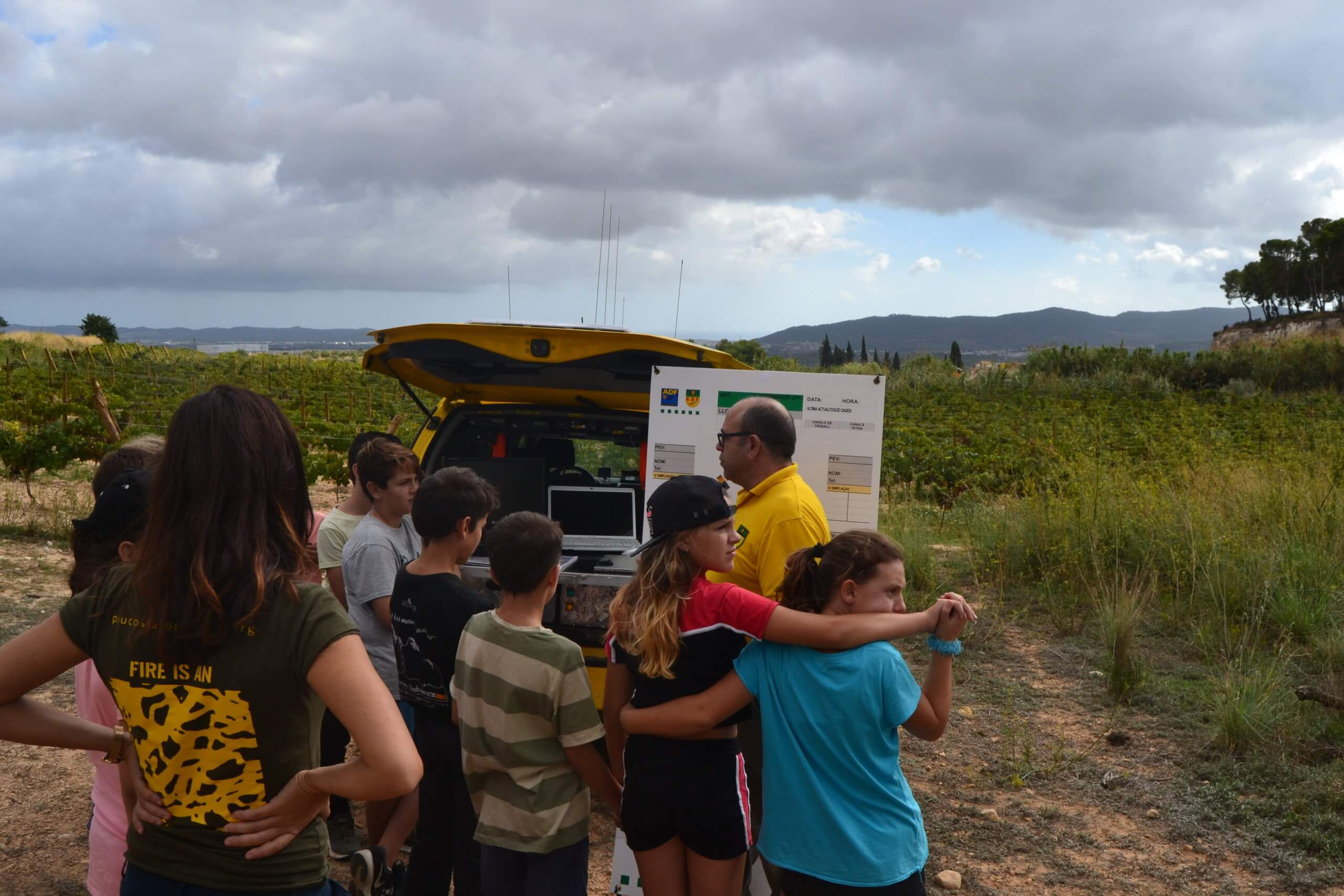
South Africa
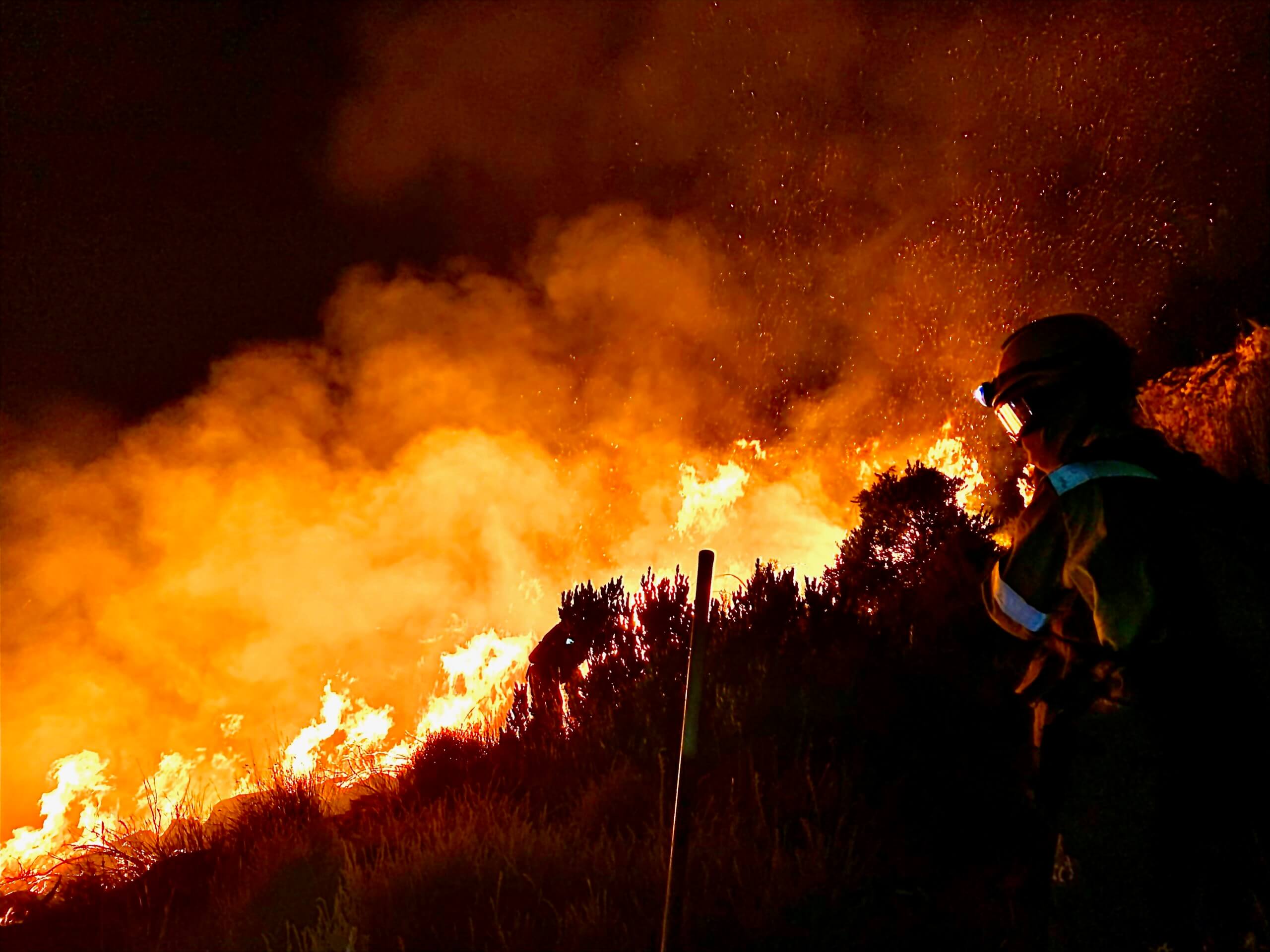
From Europe, I pressed on to my third continent — Africa. The endemic nature of South Africa is present in its unique environment and seeps into all aspects of life here. Diverse cultures contrast with one another on a landscape renowned for its biodiversity. In a similar fashion, wildfires and environmental governance in South Africa follow slightly different rules than in other nations visited.
The use of Fire Protection Associations (FPAs) in conjunction with agencies and environmental institutions contributes a participatory element to wildfire remediation. These organizational bodies include mostly landowners, but include or collaborate with insurance companies, utilities, suppression resources, or local government. Their emphasis is risk reduction through fuels management and they provide legal protection against wildfire negligence.
The Cape Peninsula FPA encompasses the complex stakeholders of the greater Cape Town area that accompany a metropolitan wildland urban interface. CPFPA helps members navigate the burn permit process and designs individual wildfire management plans. Richmond FPA coordinates corporate and private foresters to ensure wildfire prevention and provides fuel management and wildfire detection services. Richmond also supports natural resource projects to remove flammable alien vegetation in remote communities.
It became clear to me that FPA’s offer critical platforms for knowledge exchange and coordinated fire management efforts. South Africa’s method of cultivating fire-adapted communities through the FPAs is a far more direct, and possibly sharper, tool than other forms of community engagement, and is a tool increasingly needed in these times of rising fire risk. Fire Protection Associations offer serious potential in redistributing risk management and engaging wildfire-prone landowners.
I began my three-month stay in South Africa by joining NCC Environmental Services, a conservation company working in the wildfire sector, to observe their fire crew operations and the challenges of fighting fire in the fynbos. Surveying the adoption of Incident Command System (ICS) in the Western Cape showed that management and governance advancement are linked, and that the rise in firefighting capacity and common organizational language has bolstered credibility in wildfire governance.
While volunteering with Landworks NPC, a non-profit focused on environment and community, I saw a form of governance connecting global-level institutions to community-based fire management support. These prevention-based projects receive international support from FireWise USA, financial assistance through state public works, sponsorship and oversight from the regional FPA, and coordination through the NPC. It is a multi-tiered initiative that disseminates knowledge from the global level to action on a community level. While wildfire information flows from the top, action occurs from the ground in the Nhlazuka Valley in KwaZulu-Natal, as traditional Zulu leadership maintains decision-making power for the fuels related projects. A tribal council directs the placement of FireWise treatments, selects community members for teams, and encourages the adoption of defensible space. The benefits are both environmental and economical as removal of alien vegetation improves water resources and mitigates wildfire while providing jobs in an area where rural employment opportunities are scarce. This type of governance connects groups at multiple tiers to focus on risk reduction strategies while supporting communities to take ownership of environmental goals.
My time in South Africa showed me that environmental governance does not necessarily follow a linear path, that there is no one-size-fits-all approach in wildfire policy and management. Governance encompasses the ecology and human dimensions of an area, and while outside elements may contribute to success, the area’s identities must be not only considered, but incorporated. Governance cannot be imposed in the same way that management can sometimes be. Governance is more a system of relationships than a system of rules.
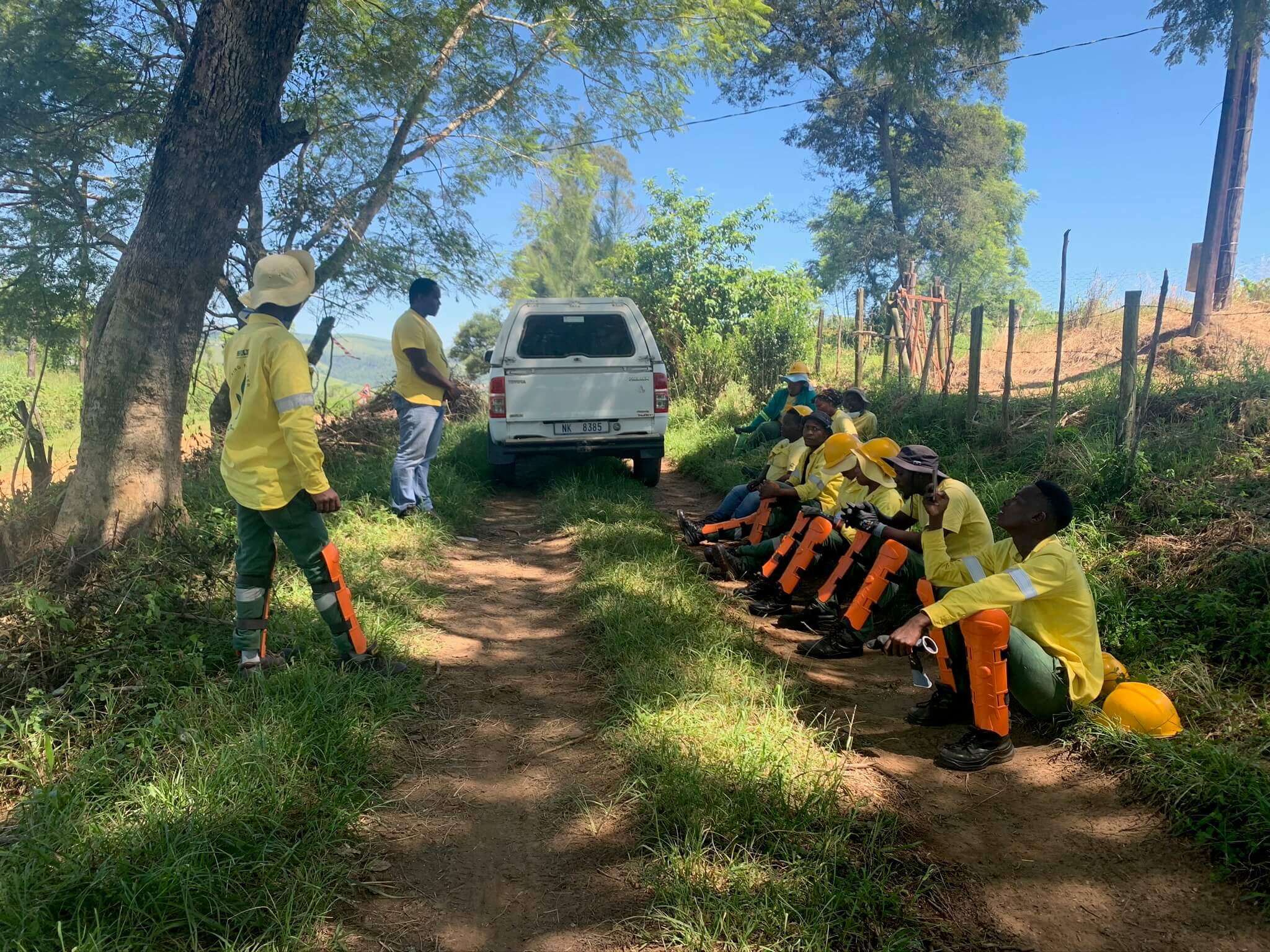
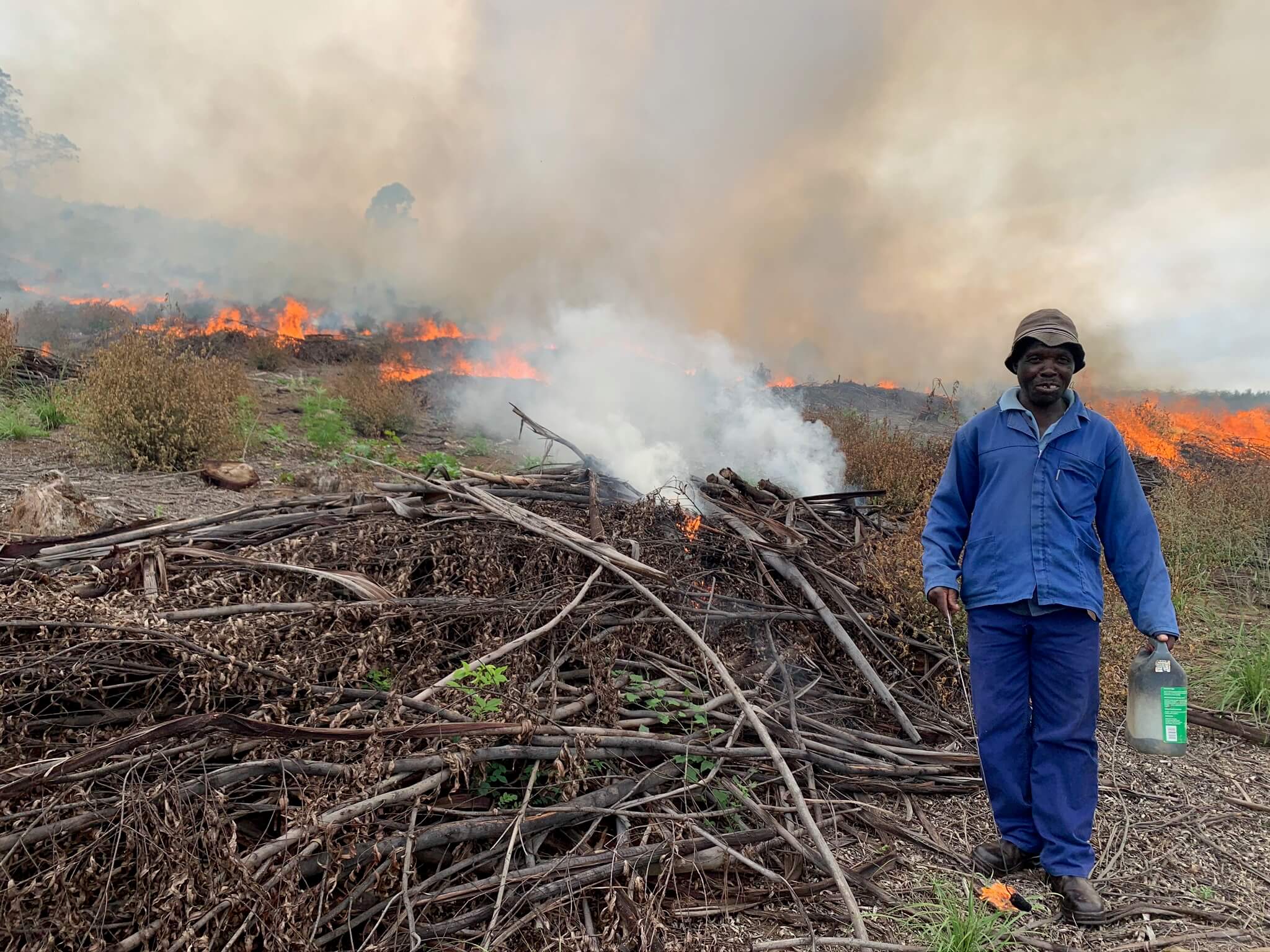
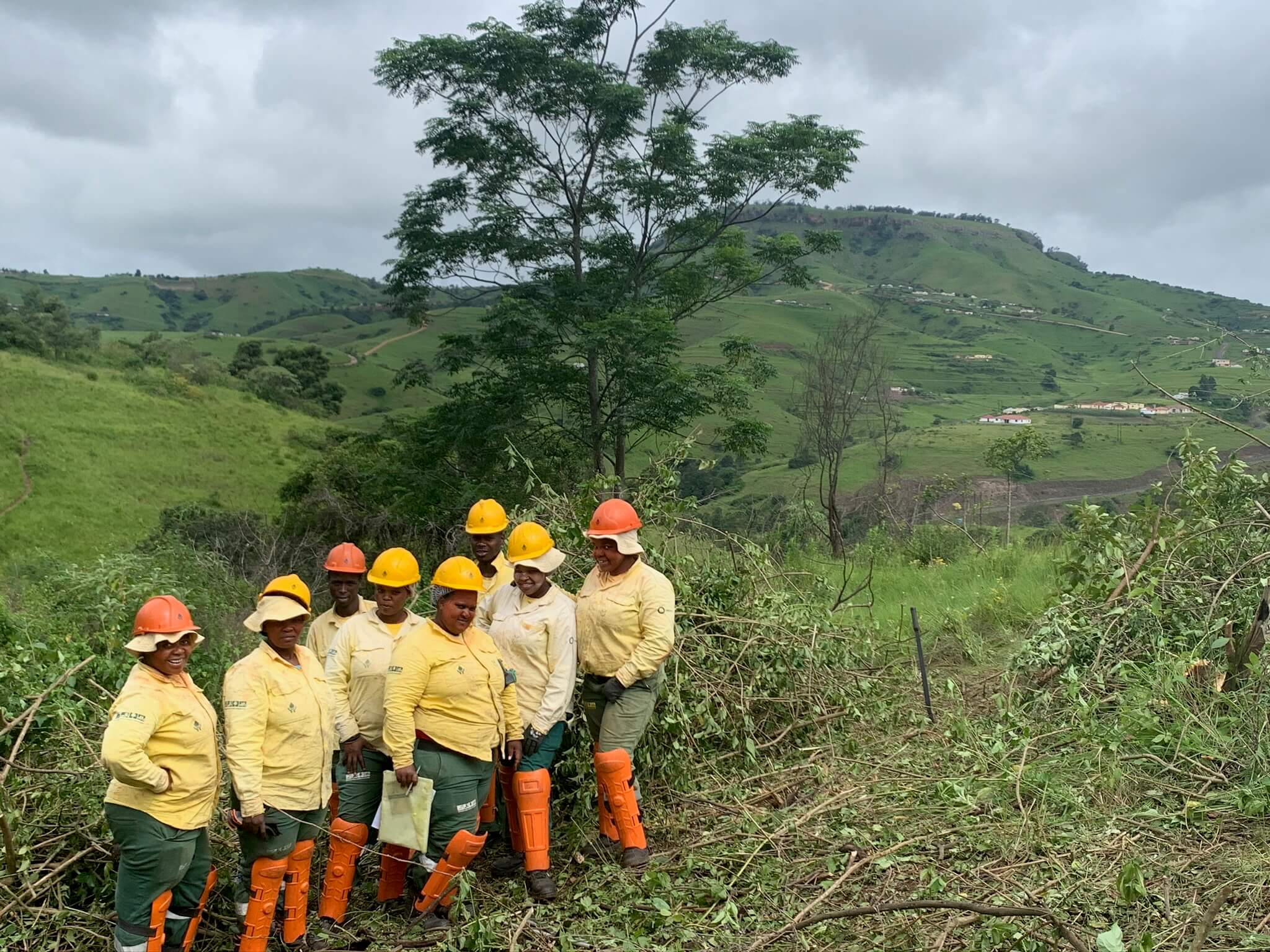
Australia
The last leg of my trip around the world took me to another southern hemisphere country, and the Australian summer of 2020 pulled back the curtain and revealed to me the implications of the Pyrocene Epoch we have created. The staggering decimation of land, forests, economies, and lives from fire is a jarring reality. These most recent Australian mega fires ignited political rhetoric, as the debate regarding land-use versus climate change raged, even when both variables are exacerbating wildfire trends. While my time in the country was short, hampered by the precipitating pandemic, the turbulent emotions of Australians towards fire was apparent. The fires had receded, but a strong sense of “unfinished business” radiated from my conversations and interviews. The area that I had hoped to delve into was the recognition, appreciation, and encouragement of indigenous fire management. But C-19 halted those endeavors. I plan to follow that line of inquiry in the future.
In a hasty departure from Tasmania and Ben French’s doctoral research field work, I reflected on the vast knowledge of and identities built on fire in Australia. The conversations I had there offered a refreshing depth, even if they were at times garbled by political bias. Conversations in Australia are evolving and I hope to be able to return to participate in the future.
Many challenges – moving toward wildfire governance
The fuels, fire behavior, and climate of tomorrow will no doubt exacerbate wildfire complexities and increasingly stress the places and people that experience them. Biogeographical alterations to landscapes and the concomitant changes in wildland fire will necessitate socioecological changes. Governance systems of the past are being challenged, as stand-alone agencies strain to manage larger conflagrations and engage other entities to recognize risk accountability.
Our COVID-19 influenced global state of affairs has parallels with the world of wildland fire — the management of the virus is not only a healthcare issue, it is a social undertaking. The United States may in some ways possess the foremost technology and tools to mitigate a health crisis, but in its state of fractured governance, these advantages have been squandered. Nations that are faring far better — in managing the pandemic and their wildland fire challenges — seem to be those that are able to disseminate knowledge from research, communicate innovative ideas, instill individual responsibility of risk, and progress collectively.
I reckon that the take-home for me, what resonates most now that my project is done, is this: Disasters such as the COVID-19 global emergency create societal pressures that can be used to catalyze and create opportunities, and perhaps this pandemic has provided opportunities for us to reflect on a worldwide scale and to improve the way we deal with wildland fire, the ecosystems and biomes that global fire impacts, and the people who depend on these landscapes. Epidemiologists are vital in providing public health expertise and advice, and conventional wildfire management paradigms have a role, as well, but should not be dominant. Only through healthy, participatory social systems will any country be able to reduce human suffering caused by this pandemic and to learn from the experience. Science and policy must be not only connected to but embraced by the public if we are to fare well in the challenging times ahead.
+
For more on this research project and related content, please visit Harrisonraine.com.
Works Cited
Armitage, D., Loë, R. D., & Plummer, R. 2012. Environmental governance and its implications for conservation practice. Conservation Letters, 5(4), 245-255.
McWethy, D.B., Schoennagel, T., Higuera, P.E. et al. 2019. Rethinking resilience to wildfire. Nat Sustain, 2, 797–804.
Steelman, T. 2016. U.S. wildfire governance as a social-ecological problem. Ecology and Society, 21(4), 3.
